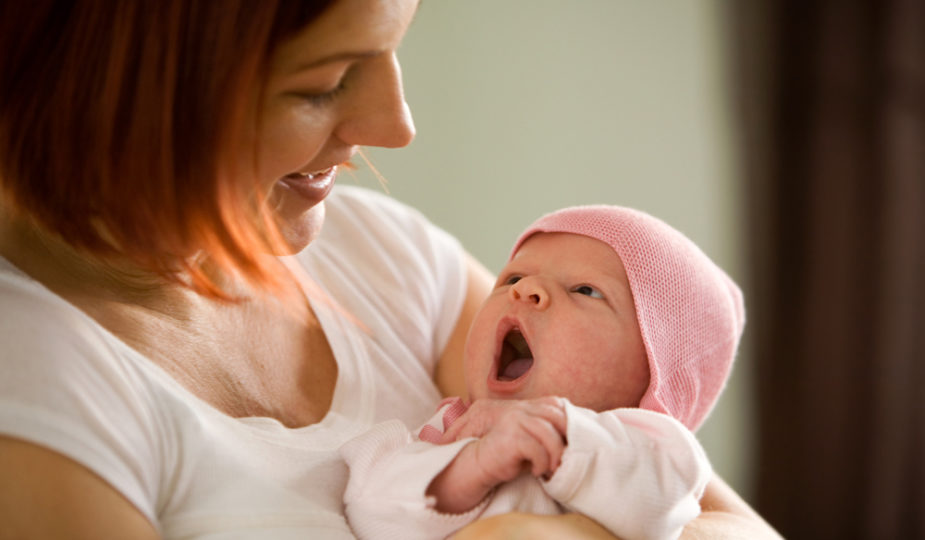
7 Ways Your Body Changes After Baby Birth (first 6 weeks)
INTRO
Pregnancy is a beautiful period in the life of a woman. The journey from detecting the fetus through ultrasound to childbirth is certainly a memorable experience. However, pregnancy also comes with a lot of hurdles that are physically, mentally and emotionally challenging.
For some mothers, the first trimester is accompanied by symptoms like nausea, vomiting and fatigue that make pregnancy even more challenging. And while the discomfort brought by nausea and fatigue is just a drop in the bucket, the conditions like swollen feet and hair loss are some other surprises a newly minted mother will have to deal with postpartum.
Regular visits to the doctor are recommended during this period the first trimester to ensure the well-being of the mother. Whereas, to avoid potential health hazards of a newborn child, it would be advisable to undergo a prenatal gender blood test before birth.
7 Ways Your Body Changes After Baby Birth
Body Aches:
The womb (uterus) goes back to its normal size after childbirth. This results in pain and cramps throughout the body. Another common phenomenon is perineum soreness. This affects the “perineum”, the area between the vagina and rectum. The major cause of perineum soreness is stretching and possible tears during labour and vaginal birth.
The pain and soreness usually last for 2 to 3 days after a normal vaginal delivery. It may last longer in the case of assisted or complicated labour. Women are often advised to do basic kegel exercises, use a cold pack, or use common painkillers like paracetamol.
Swollen Feet:
It is natural for women to produce more blood and other bodily fluids during pregnancy. As a result, the accumulation of biofluids inside a pregnant woman’s body leads to the swelling of hands, face, neck, feet and other body parts, where feet are most prominent. It may take weeks before the fluids withdraw from the woman’s body.
Consuming more potassium-rich food like bananas, oranges, grapes, beans, nuts etc. and increased water intake are the most effective ways to deal with swelling. Another recommendation from health care providers is to keep the feet elevated to accelerate the process of fluid outflow. Another way to reduce foot swelling is by taking a warm bath.
Enlarged Breasts:
A mother’s body readily adapts to changes post-childbirth. Enlarged breasts are a common occurrence and can be seen a day or two after delivery. A woman’s breasts probably seem flushed, sore and/or swollen with milk. These symptoms might be followed by milk leakage, breast sagging, stretch marks or displaced nipples.
Another common cause of enlarged breasts is increased blood flow. This may be accompanied by pain and discomfort. Some women with breast engorgement may also experience a low-grade fever and fatigue in the first days of milk production. This fever is called a “milk fever.”

Changes in mental health:
Apart from the physical changes, a mother also goes through a series of mental challenges that are often called ‘baby blues’. This phase is characterised by anxiety, postpartum depression, overwhelming emotions etc. Just like in physical changes, hormones are the major factor in mental changes in a woman.
This episode lasts for about two days to two weeks. Baby blues can be tackled with meditation, medication, yoga and counselling. It is ideal to immerse yourself in activities that are distracting such as listening to your favourite music, taking care of the baby or interacting with your loved ones. If the problem persists, then it is recommended to speak to your doctor.
Possible urinary problems:
It is natural for women to experience urinary leaks which are known as urinary incontinence after having a baby. This mostly occurs in women who give vaginal birth. However, this can be experienced after a c-section too. Apart from urine leaks, you might also feel pain or a burning sensation while urinating.
This is mainly due to weak pelvic muscles that support bladder control. Doctors recommend kegel exercises to strengthen the target muscles. Consistent exercise, proper rest and a balanced diet should result in improvement within a month. It is important to remember to drink lots of water and not otherwise.
Change in energy levels:
Energy levels postpartum differ from woman to woman. Some experience higher energy after childbirth than they ever did before and during pregnancy. Reports suggest a woman can feel up to a 20 per cent increase in aerobic capacity within the first six weeks post giving birth.
On the contrary, some women reveal they feel exhaustion following labour, excess body weight, caring for the newborn and physical challenges during pregnancy. These women report experiencing fatigue and sluggish feeling. Once again, eating healthy, getting enough sleep and keeping yourself hydrated is the best solution. Light exercises also help you get back to normalcy soon.
Hair loss:
Hair loss postpartum is the after-effect of a drop in hormone levels. Nearly ten per cent of women experience hair loss immediately after childbirth. However, it is not something to be worried about. The loss of hair is nothing but shredding that extra hair gained during pregnancy.
It is advised to let your hair down and not tie it into a bun or a ponytail to reduce the breaking. During this stage, you might notice a considerable amount of hair strands on your brush or towel. This should get back to normal after three months. If not, then it is time to visit your OB-GYN who might suggest getting a thyroid test done.
Conclusion
It is crucial to monitor the changes in a mother’s body postpartum. The above-mentioned symptoms should generally last for about 6 weeks as the body takes time to adapt to new changes. If the symptoms continue beyond six weeks then it is recommended to visit your health care specialist.









